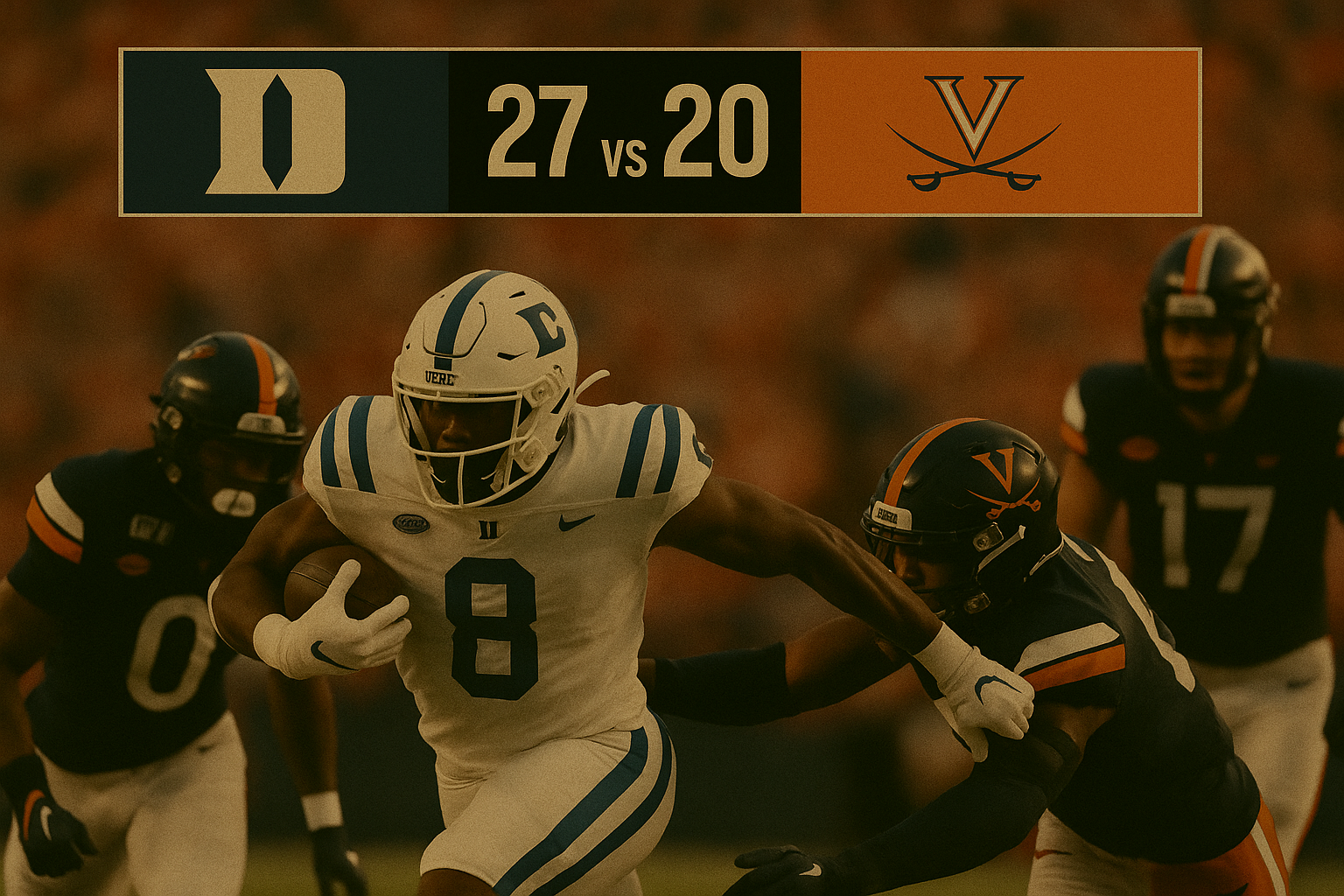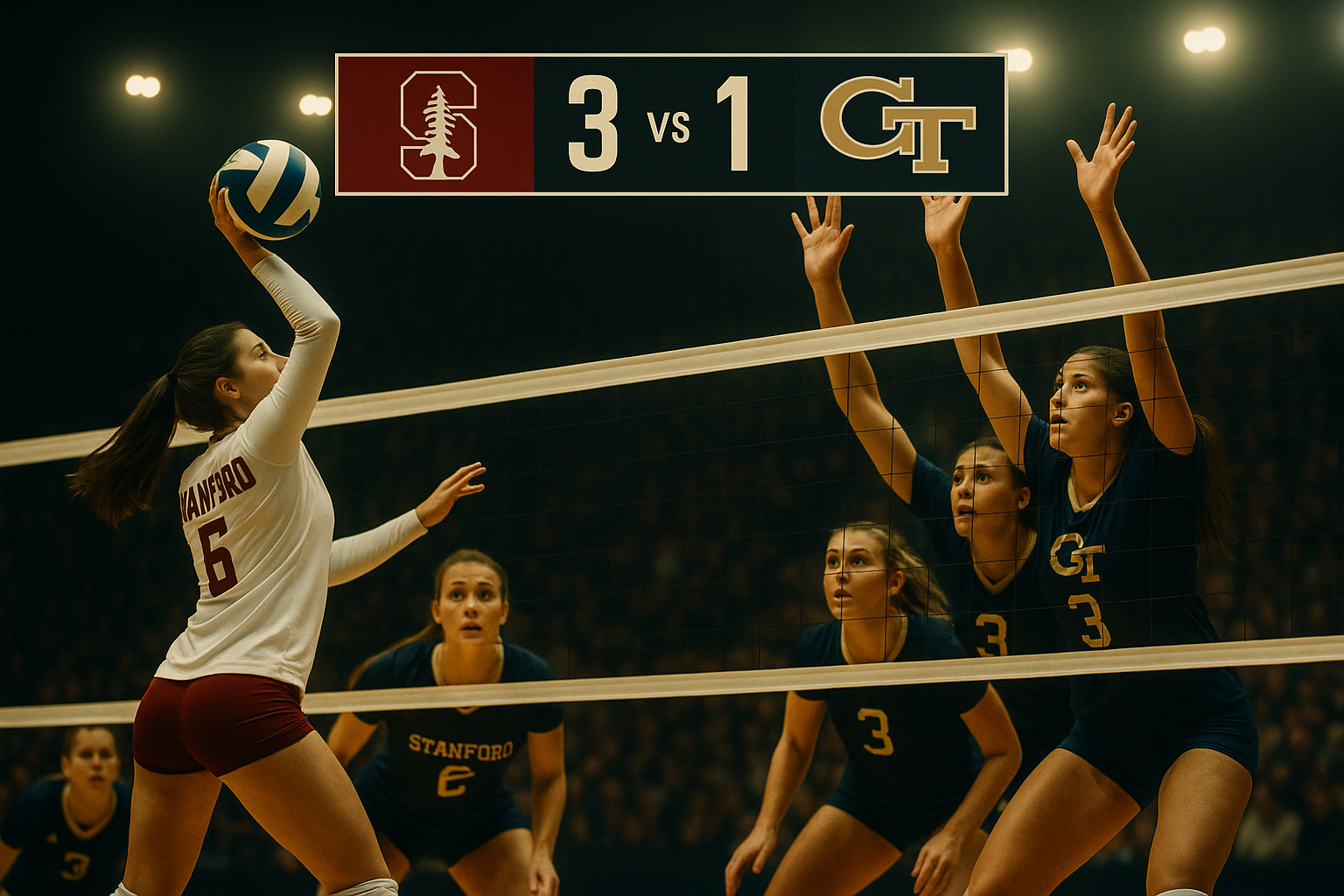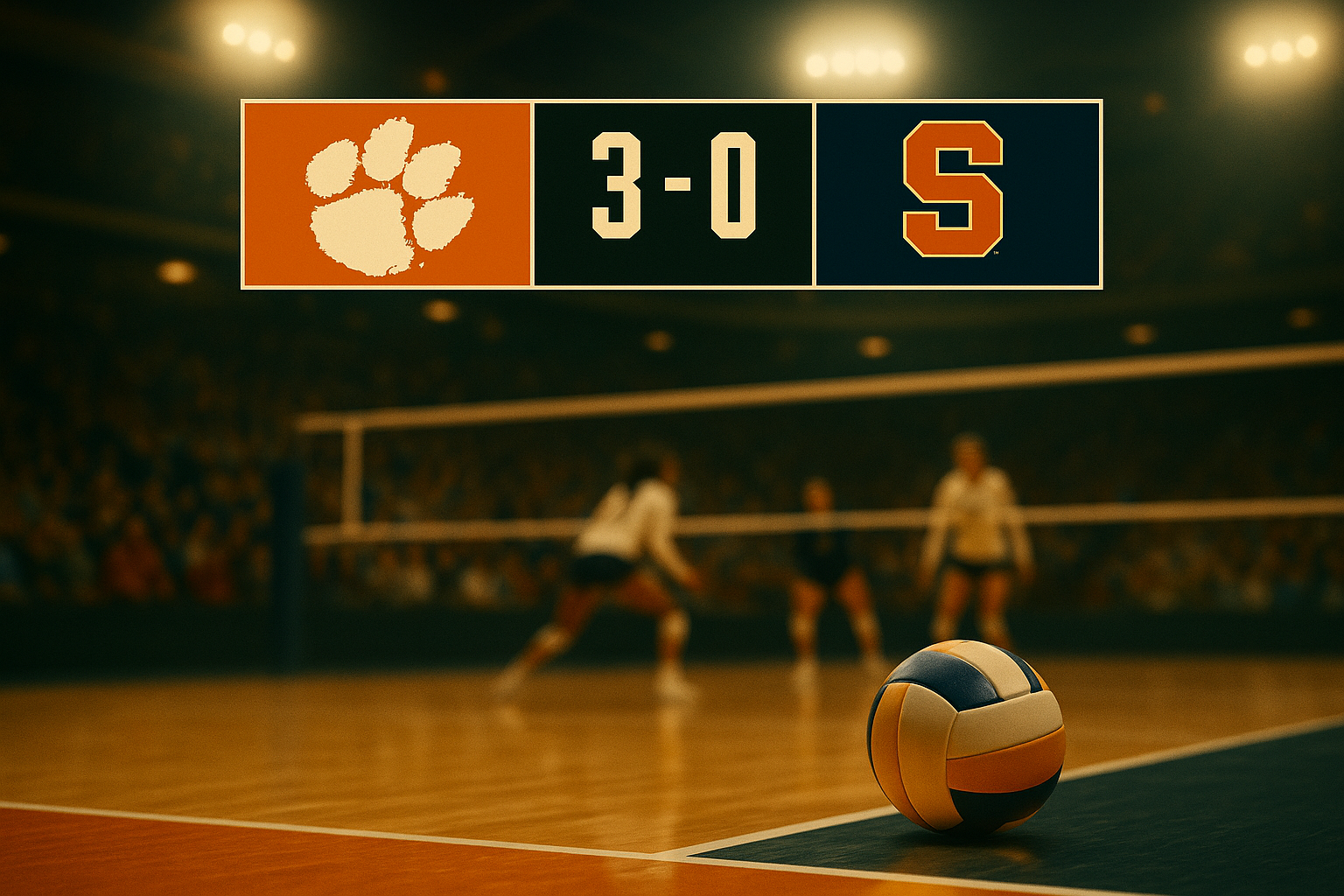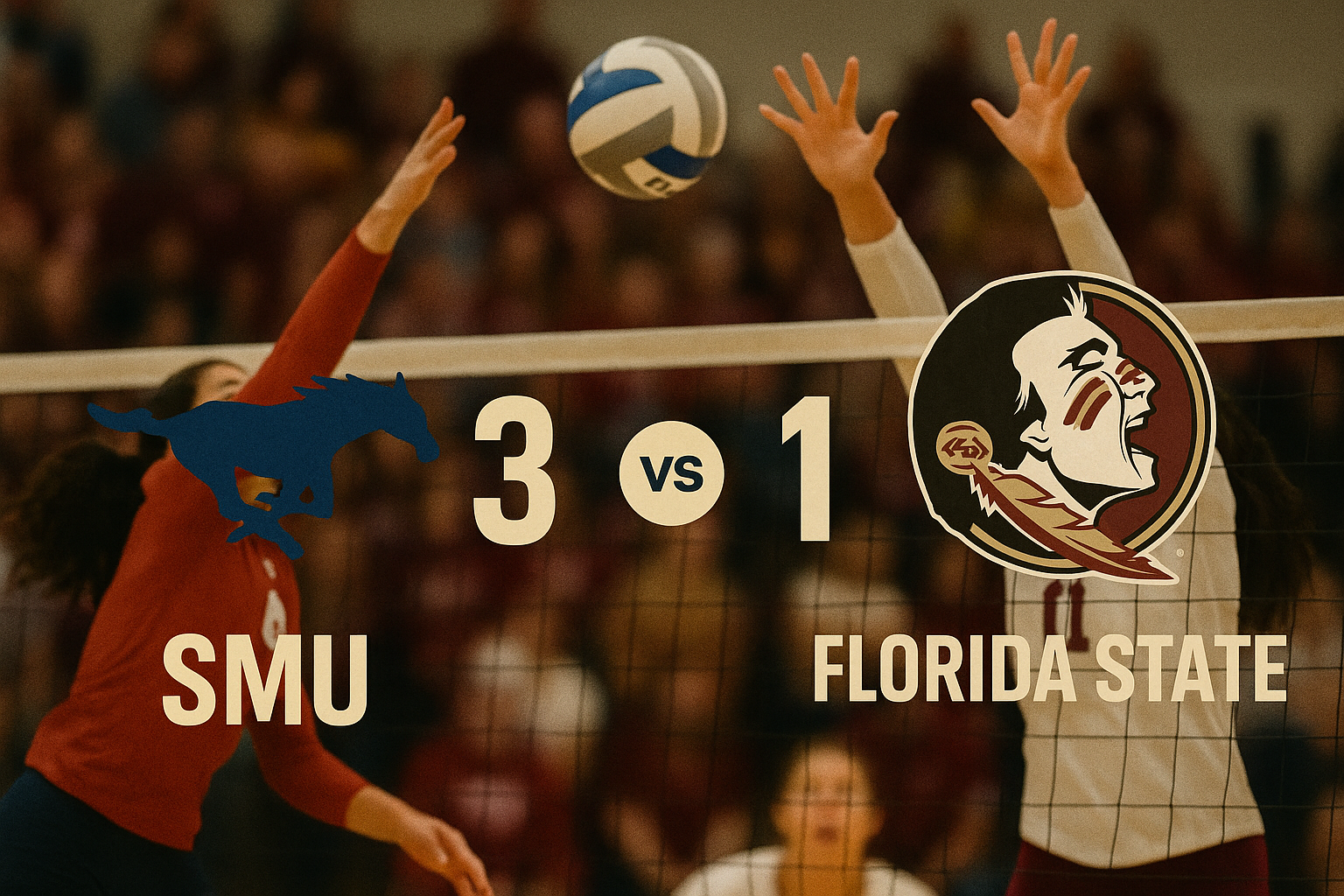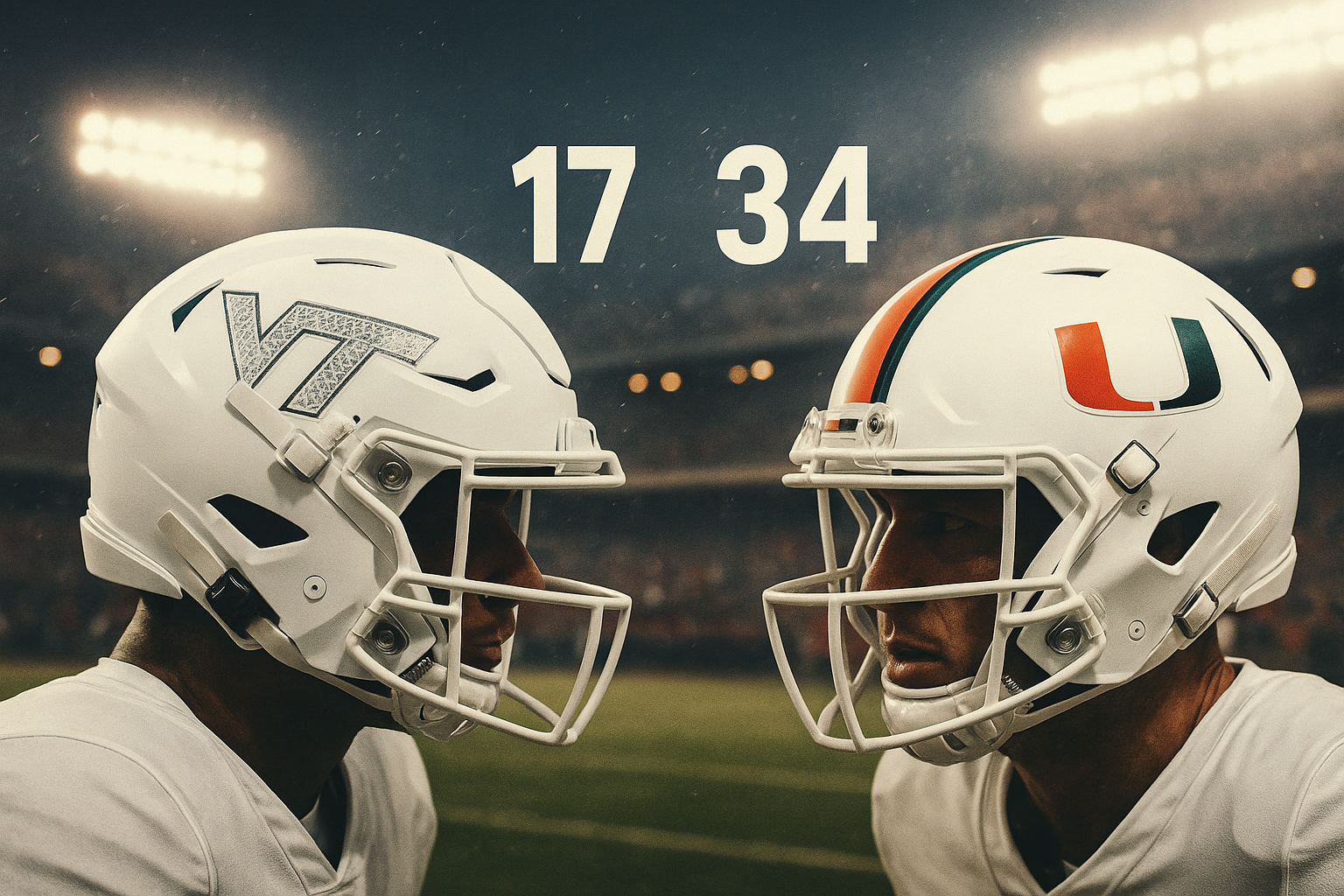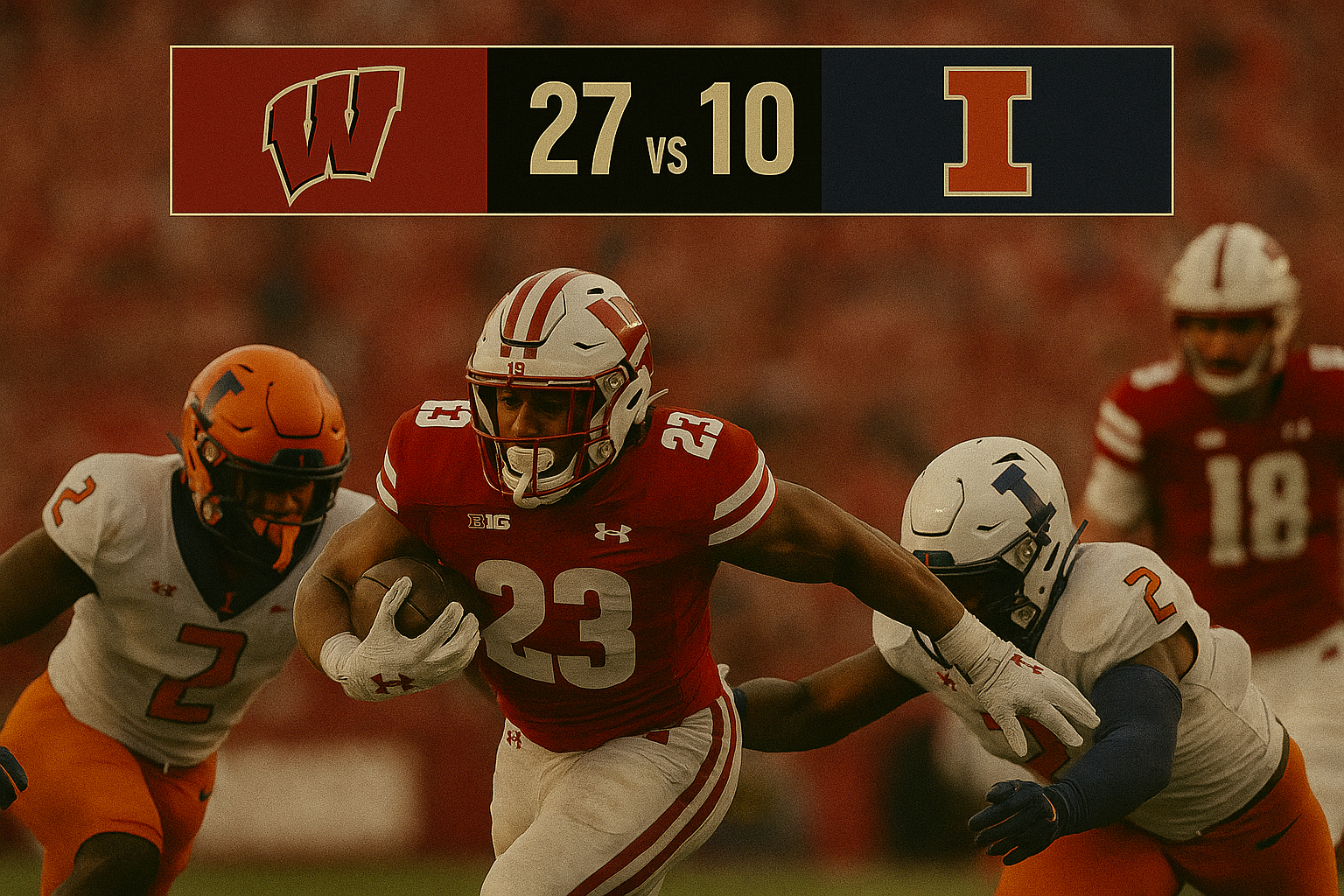Kennesaw State Stuns Liberty, Claims First FBS Victory in Thrilling Fashion
In a game that will go down in program history, Kennesaw State claimed its first-ever FBS victory, stunning previously undefeated Liberty 27-24 tonight at Fifth Third Stadium. The Owls, who had struggled to find their footing in their inaugural season at the FBS level, delivered a monumental performance in front of their home crowd, snapping Liberty’s 17-game regular-season winning streak.
A Night to Remember for Kennesaw State
The atmosphere in Kennesaw was electric from the opening whistle as the Owls came out with intensity and determination. Quarterback Davis Bryson led the offense with a composed performance, throwing for 189 yards and a touchdown, while completing 16 of 20 passes. His poise was matched by a stout defensive effort that held Liberty to its lowest rushing total of the season, setting the stage for one of the biggest upsets in the program’s short history.
Liberty, coming in as heavy 25.5-point favorites, struck first with an early 15-yard touchdown pass. However, the Owls responded quickly, rattling off 14 unanswered points. Bryson connected with Christian Moss on a 41-yard touchdown pass to get Kennesaw State on the board, and Michael Benefield capped off a strong drive with a one-yard rushing score to give the Owls a 14-7 lead.
The third quarter saw Kennesaw State’s defense take control, holding Liberty to just 49 yards of total offense and forcing a crucial three-and-out. Qua Ashley added to the Owls' lead with a six-yard touchdown run, while kicker Austin Welch drilled field goals of 31 and 41 yards to extend the lead. With every big play, the Owls fed off the energy of their fans, pushing Liberty to the brink.
Late Defensive Stand Seals the Victory
As the game entered its final moments, Liberty made a late push to close the gap. Flames quarterback Kaidon Salter found Elijah Canion for a 17-yard touchdown, cutting the Owls' lead to just three points. Liberty’s attempt at an onside kick was recovered by Kennesaw State, giving the Owls a chance to run out the clock. However, Liberty got one last opportunity with six seconds left on the clock after a Kennesaw State punt. In a desperate attempt to mount a comeback, Liberty’s final play ended with a fumbled lateral, sealing the victory for the Owls and igniting a celebration on the field.
Kennesaw State’s defense was the unsung hero of the night, with standout performances from redshirt junior defensive back Tyler Hallum, who recorded his first career interception, and redshirt senior Sidney Porter, who led the team with eight tackles. Donelius Johnson, JeRico Washington Jr., and Garland Benyard also contributed to a defense that racked up six pass breakups and four tackles for loss, stifling Liberty’s high-powered offense.
Historic Win for Kennesaw State
For Kennesaw State, tonight’s victory is more than just a win — it’s a defining moment for the program. After struggling through a tough start to the season, the Owls finally got their breakthrough, earning their first victory as an FBS program and snapping Liberty’s 17-game win streak in the process. This win gives the team renewed confidence as they move forward in their transition to FBS competition.
Head coach Brian Bohannon couldn’t hide his pride after the game. "We knew we had it in us, and tonight we showed what Kennesaw State football is all about. These kids battled, and I couldn’t be prouder of the effort they gave tonight," he said, as fans flooded the field in celebration.
Liberty’s Playoff Hopes Dented
For Liberty, tonight’s loss is a major blow to their playoff hopes. The Flames entered the game with aspirations of competing for a spot in the College Football Playoff, especially with their undefeated record and strong position in the Conference USA standings. However, tonight’s loss puts those hopes in jeopardy, as Liberty will now need to win out and hope for help from other teams to keep their postseason dreams alive.
Liberty’s head coach Hugh Freeze expressed disappointment but remained optimistic. "This is a tough one to swallow, but we’ll bounce back. We’ve got a lot of football left to play, and we’ll learn from this," Freeze said postgame.
What’s Next for Kennesaw State
Looking ahead, Kennesaw State will carry the momentum from tonight’s victory into their next game as they hit the road to face Western Kentucky on October 30. With their first FBS win in the books, the Owls now have the confidence to compete at this level and will be looking to build on tonight’s performance.
For the fans who witnessed tonight’s historic win, it was a night to remember, and for the Owls, it’s a turning point in a season filled with challenges. As Kennesaw State continues its journey through FBS competition, one thing is clear — the Owls are here to compete.
